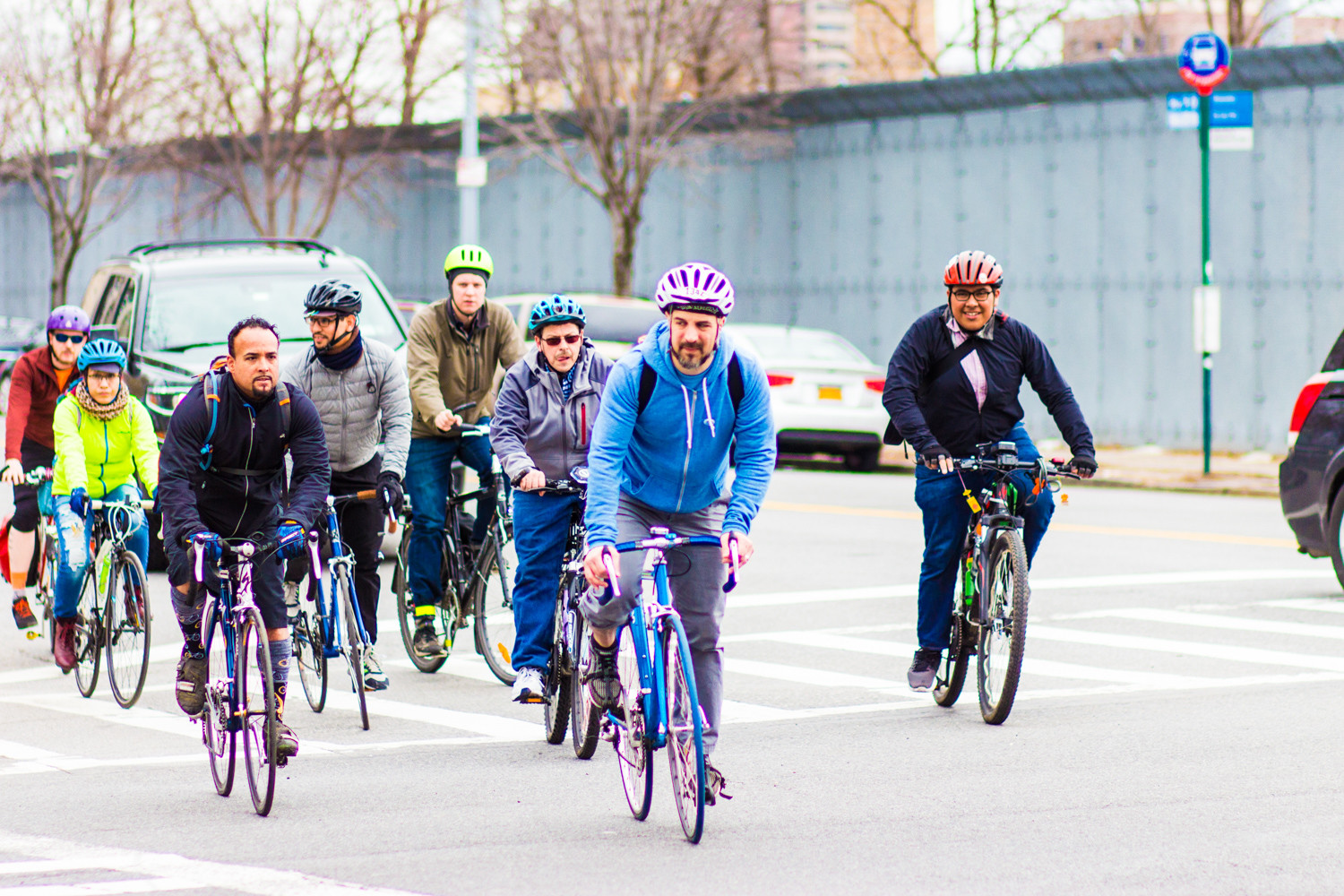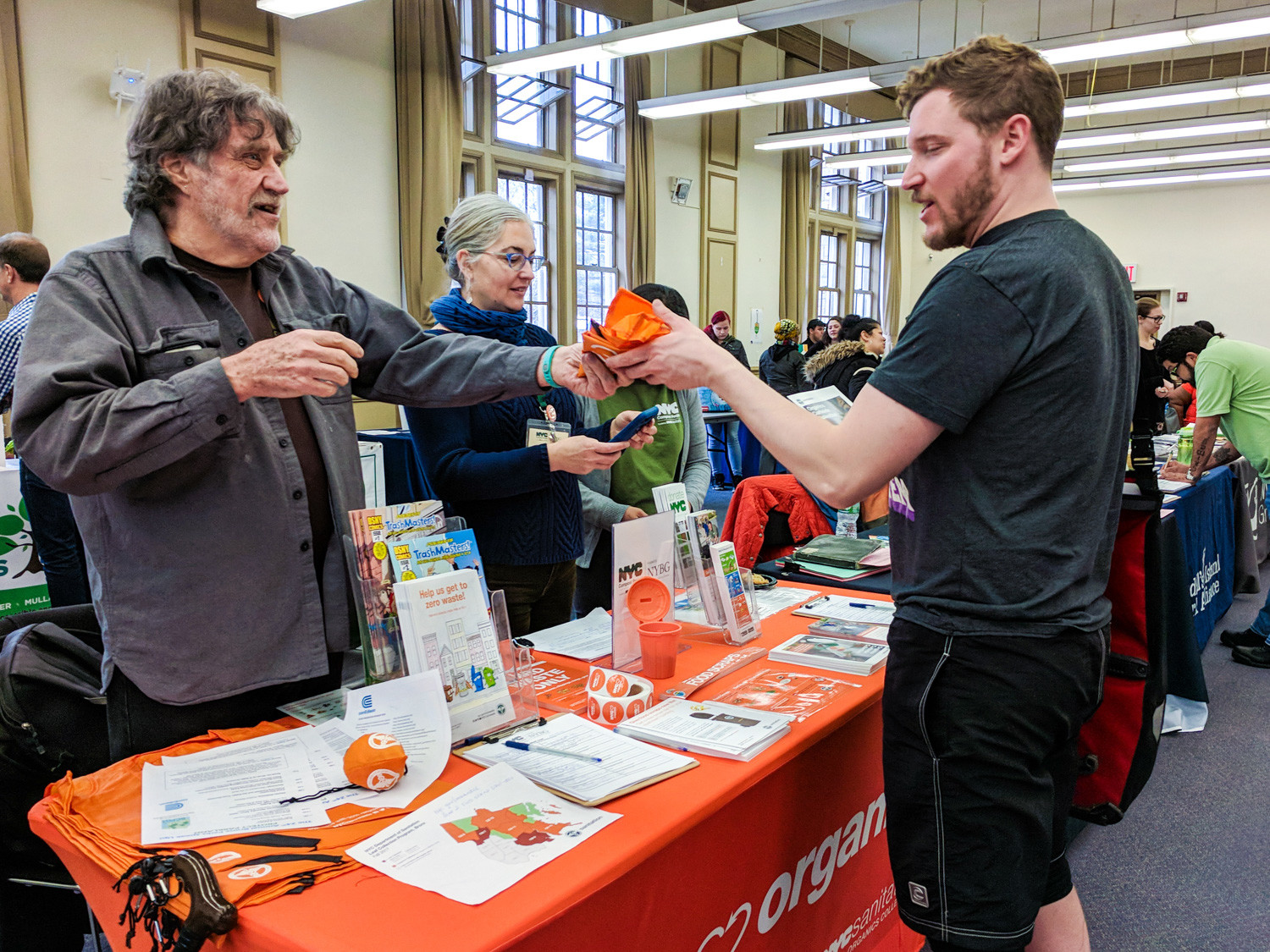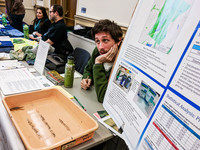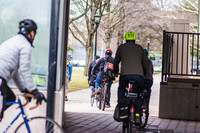Park advocates alarmed by disappearing green space
The Bronx is home to just under 7,000 acres of park land, accounting for about a quarter of the borough’s land area.
Yet, a coalition of Bronx park advocates warn that number is shrinking.
“This year in particular, we realized that we’re losing some parks,” said Nilka Martell, co-chair of the Bronx Coalition of Parks and Green Spaces.
“We’re losing parks because there’s a homelessness crisis, and the only way to address that is to develop. However, once park land is gone, it is gone. No one is going to create more land for you.”
The latest in this trend came in September when city officials announced a 1,045-unit housing development known as Bronx Point at Pier 5, an abandoned 5-acre lot along the Harlem River in Mott Haven.
Before the announcement, it was hoped the pier might be connected to nearby Mill Pond Park in order to create a continuous waterfront greenway abutting the river — a promise, advocates say, the city made as part of the construction of the new Yankee Stadium in 2006.
Fortunately for park regulars, however, green space activists representing dozens of local community groups are making clear they won’t stand idly by as park land vanishes during the coalition’s annual Bronx Parks Speak Up event at Lehman College last month.
Started in 1993 under then Bronx borough president Fernando Ferrer, Speak Up began as a venue linking park supporters with nonprofit groups and local elected officials to call for greater funding for the parks department and the preservation of community gardens. Even today, parks get short shrift when it comes to public dollars as the parks department makes up just 1 percent of the city’s $87 billion budget.
“I often like to say that the parks department is the stepsister of city agencies,” said Christina Taylor, executive director of Friends of Van Cortlandt Park. “They get stepped on all the time. That’s why it was so easy to build a filtration plant in the park, and that’s why every time (the city) wants to do something, it just happens.”
Taylor is referring to the $3.5 billion Croton water filtration plant in Van Cortlandt Park, which essentially converted what had been 11 acres of park land into land no one can get into.
“It’s not just trees,” said Ed Garcia Condé, an activist and blogger based in Melrose. “Going to parks and open spaces is a place where I can unwind. You go to any of these parks, and you can literally isolate yourself and not have people around you for a while.”
Home to both the largest (in Pelham Bay) and third largest (in Van Cortlandt) parks in the five boroughs, the Bronx park system was the brainchild of Irish immigrant and former newspaperman John Mullaly. Alarmed by the lack of green space — or in his words, “the lungs of the metropolis” — in New York when compared to European capitals, Mullaly successfully coaxed the city into purchasing more than 4,000 acres of park land in 1888, including the current sites of Pelham Bay, Van Cortlandt, and Bronx parks among others.
In the enduring years, maintaining the original vision for these parks has proven difficult, such as in Van Cortlandt.
There, the city’s parks department approved a first-ever 20-year master plan in 2014 calling for building pedestrian bridges over the three major highways dividing the park, and some engineering work involving Tibbetts Brook, which green space advocates say would help resolve flooding along Broadway and mitigate sewage overflow into the Harlem River.
“It takes a while for these ideas to gain currency, and you have to keep saying them,” said Charles McKinney, a former parks principal urban designer who developed the blueprint for Vannie.
“There’s a lot more wisdom now at” the city’s environmental protection department” after the appointment of new commissioner Vincent Sapienza in December.
The city would incur plenty of goodwill if it simply owned up to its past mistakes, McKinney said. “The thing is, it’s not that making mistakes is where the virtue is, but it’s in correcting them.”
Others have suggested a different approach: Make city agencies using park land for non-recreational purposes pay rent.
“We have the salt pile for sanitation,” Taylor said. “We have truck storage for (the city’s transportation department). We have a lot of non-park uses in our park. And one of (the) things we’ve been advocating for is that parks should receive funding for that. Those other agencies should be paying rent, and they are not.”
“Once one park gets stepped on,” Taylor added, “we all do.”













